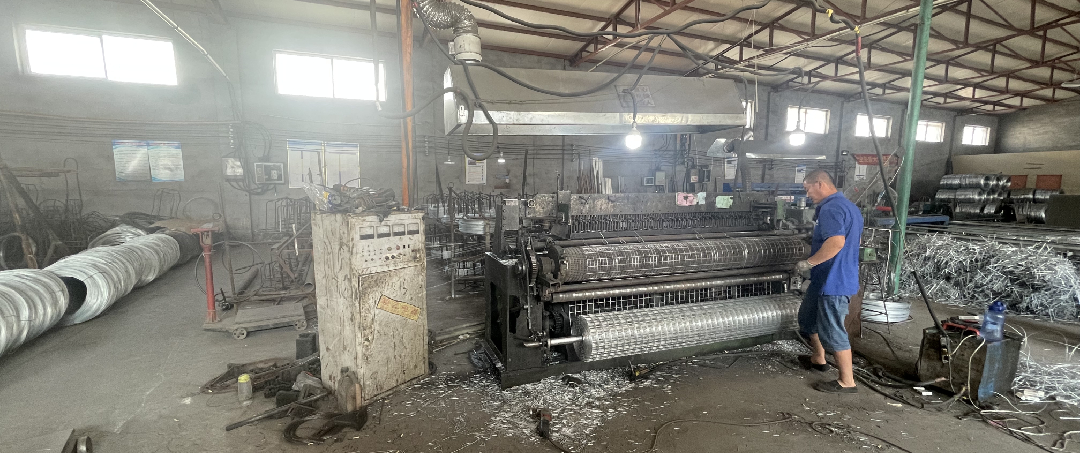Affordable Options for Barbed Wire Fencing Prices and Installation Costs
Understanding Barbed Wire Fence Prices A Comprehensive Guide
Barbed wire fencing is a practical and cost-effective solution for a multitude of applications, from livestock management to property delineation and security enhancement. As demand continues to grow, it's essential to understand the factors affecting barbed wire fence prices to make informed purchasing decisions. This article delves into the various aspects that contribute to the cost of barbed wire fencing, helping you navigate your choices effectively.
1. Types of Barbed Wire
Barbed wire is available in various types, each designed for specific uses. The most common types include
- Standard Barbed Wire Often used for agricultural and perimeter fencing, this wire typically consists of two strands with evenly spaced barbs. - High Tensile Barbed Wire Made from stronger steel, this wire offers greater durability and strength, allowing for fewer posts and stretching farther. It's more expensive but ultimately more efficient over large areas. - Coated Barbed Wire This type features a protective coating, such as vinyl or polyethylene, to prevent rust and corrosion. While it comes at a premium, the longevity of coated wire can make it a cost-effective choice over time.
Understanding the type of barbed wire that best suits your needs will directly influence the total cost
.2. Gauge and Material Quality
The gauge of the wire refers to its thickness, with lower gauge numbers indicating thicker wire. Thicker wires tend to be more robust and longer-lasting but also more expensive. For example, a 12.5-gauge wire may be sturdier but will have a higher upfront cost than a 14-gauge option. The quality of the steel used also plays a significant role in pricing, where higher quality materials generally lead to better performance and longevity of the fencing.
3. Length and Quantity Required
barbed wire fence price

Pricing for barbed wire fences also varies based on the length and quantity needed. Most barbed wire is sold by the roll, with standard roll lengths typically around 1,320 feet (or one-quarter mile). When calculating costs, consider not just the total roll price but also how many rolls will be needed to cover your designated area, factoring in the height and spacing of fence posts.
4. Installation Costs
While you can install a barbed wire fence yourself, many choose to hire professionals for the job. Installation costs can vary widely based on geographic location, the complexity of the project, terrain, and labor rates. Hiring a professional typically incurs additional costs for labor, equipment, and any necessary permits. Be sure to obtain multiple quotes and assess what services are included in those quotes to find the best deal.
5. Maintenance and Longevity
When considering the total cost of a barbed wire fence, factor in maintenance and longevity. Some wires may need regular maintenance, such as tightening or replacing rusted sections, which can add to the overall expense. Opting for high-tensile or coated barbed wire can reduce these long-term costs, especially if you anticipate needing the fence for several years.
6. Conclusion
The price of barbed wire fencing is influenced by a multitude of factors, including the type of wire, gauge, the overall length needed, installation costs, and ongoing maintenance. By understanding these elements, you can make better choices tailored to your specific requirements and budget.
As with any investment, it's crucial to strike a balance between upfront costs and long-term value. With careful consideration and planning, barbed wire fencing can provide an effective solution for defining boundaries, ensuring security, and managing livestock while remaining budget-friendly. Whether for personal or commercial use, making informed decisions will lead to satisfaction and efficiency in your fencing project.
-
Space-Saving Chain Fence Hacks Vertical Gardening with Cyclone MeshNewsJul.16,2025
-
Innovations in Iron Nail Wire Production for Modern ConstructionNewsJul.16,2025
-
Creative Uses of Wire Netting Fence in Modern Landscape DesignNewsJul.16,2025
-
Barbed Wire Fence Innovations in Anti-Climb TechnologyNewsJul.16,2025
-
Architectural Uses of Umbrella Nails for Aesthetic Roof DesignsNewsJul.16,2025
-
Architectural Uses of Razor Barbed Wire in Secure Urban DesignNewsJul.16,2025




